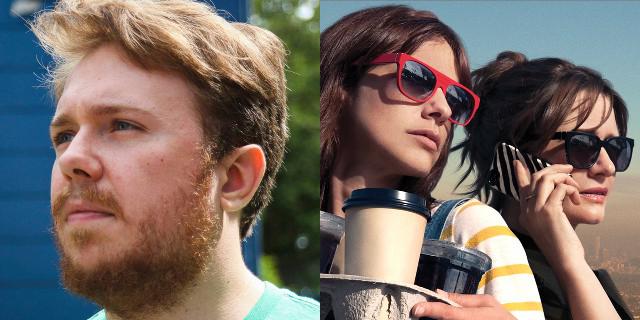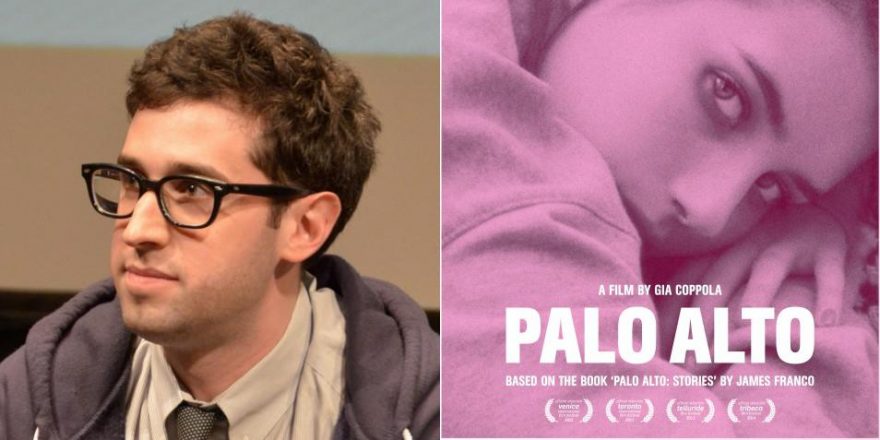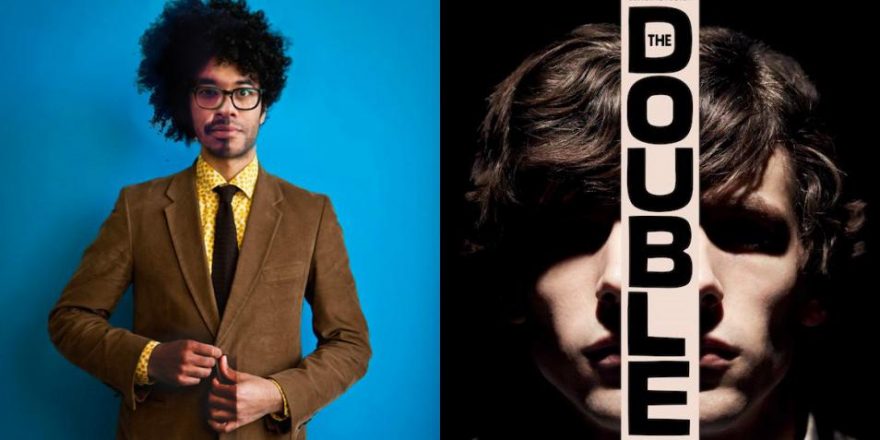Before I had a chance to watch Doll & Em (I held off in order to binge later), dozens of tweets about it populated my Twitter feed. I gleaned from the universally positive Twitterthought about the series that viewers saw in it an honest, accurate, and refreshingly relatable depiction of female friendship. I intentionally read no reviews or pieces about the series, so this tweet-based preparation was my only priming going on – that and director Azazel Jacobs’ sterling reputation. My assumption was that an “honest” portrayal of female friendship would include fraught moments alongside genuine warmth. I assumed it would suggest the dark side, but that the darkness would resolve in the sort of dancing-in-our-pajamas euphoria typical of certain HBO programs. Boy, was I wrong. Doll & Em is dark. Surprisingly dark. I wouldn’t call myself the ideal viewer for the show. I rarely watch non-sports television, and I gravitate toward heavily stylized cinema. However, I found the core of the series interesting.
The titular lifelong best friends/co-protagonists of the show, Dolly (Dolly Wells) and Emily (Emily Mortimer), are best friends in real life, a paratextual detail that bolsters the loosely biographical, semi-documentary nature of the series. I have no idea if the events in the narrative are based on actuality or if they sort of happened to the real Doll and Em (both of whom have been acting professionally since the mid 1990s). In short, heartbroken Dolly leaves England and comes to Los Angeles to be with Emily, serving as her assistant while regaining her own emotional footing. I’m sure I could find out if the plot is based on anything specific, but it seems inconsequential. What feels consequentially real, however, is the emotional and psychological struggle that undergirds Doll and Em’s interactions. Emily is a self-assuredly beautiful, successful, financially stable Hollywood actress with a healthy family. Dolly is less confident about her desirability, a bit of a failure, needs money, and is in the midst of romantic dissolution. This set of dichotomies seems to be longstanding for the two characters, and the disparities between them are significant, despite their intimacy. What results is a reciprocation of emotional exploitation, passive-aggressive jealousy, selfish manipulation, and sublimated pain.
After Dolly’s arrival in the first episode, the show’s central action gets underway as Emily begins her leading role in Valerie Lee, a mob family biopic (snidely referred to as “the female Godfather”). Dolly enters this situation as an outsider to Hollywood practices and a professional submissive to Emily. Emily, the entitled insider, repeatedly treats Dolly as second class by excluding her from conversations, introducing her as an assistant rather than her friend, and remaining self-centeredly oblivious to her feelings. The line between the personal and professional is constantly blurred, understandably humiliating and offending Dolly. Rather than derailing the relationship, though, this blurring seems to reveal an underlying tension. The star-assistant stratification seems to parallel the structure of Doll and Em’s friendship. Throughout the show’s trajectory, however, this arrangement is troubled and, to a degree, reversed. Dolly gains confidence, makes friends, and earns unexpected plaudits for her acting ability. Emily struggles with her director, loses her bearings, develops anxiety about her age, and feels abandoned by Dolly. For the majority of the series, the deepening animosity and competitiveness go unaddressed, or only passive-aggressively acknowledged, by the protagonists, diverted instead to internal wells of vindictiveness and jealousy. In the penultimate episode, however, the roiling subtext spills forth, as Dolly and Emily finally have it out. Each accuses the other of selfishness and insensitivity, and each has valid points; but Dolly’s barbs ring truest: “It seems like perhaps you don’t want me to have a dream.” That’s a heavy accusation, but one that speaks to a common experience. Friendship can be as much about possession and control as it is about love and support.
The filmmakers’ efforts to mitigate the show’s darkness with humor and levity are less interesting. The score is light and plucky. There are gags aplenty. However, the jokes don’t live up to the quality of the drama, often coming off as easy and broad, rather than organic and specific. This is also generally true of the more one-dimensionally humorous characters – like Susan Sarandon (as a condescending, self-absorbed version of herself) or Mike (Aaron Himelstein), the douchebag director of Valerie Lee. The clichés upon which those characters are built are well worn. Likewise, the score seems a bit generic, as if it could have been imported from any modern comedy. Generally, the Hollywood/L.A. satire is canned and uninspired. I feel the show would work much better if the primary dynamic between Doll and Em were transplanted to a different (read: more unique, particular, untapped) place or milieu.
Stylistically, Doll & Em is shot and edited straightforwardly and without fuss (though I have no issues with aesthetic fussiness). I got a bit worried, though, during the first episode, which seems to have been shot apart from remainder of the series (pilot-style). The handheld DSLR cinematography of that initial episode is marred by incessant, distracting image vibration, particularly during long lens shots, which, unfortunately, often contain key performance details. This technical issue is absent in the rest of series, seemingly due to a camera upgrade and a shoulder mount. However, the series’ basic shooting concepts are there from the get-go. Performance determines the coverage, compositions, and cutting, generally, with Dolly and Emily’s faces serving as the series’ primary subjects. Jacobs and crew are particularly attentive to the power of reaction shots. Lingering close ups and medium close ups of either Dolly or Emily tend to cap scenes, with a series of conflicted and complex emotions subtly shifting across the characters’ faces. The reaction shots often retroactively recast a scene through the emotional perspective of whichever character has been emotionally injured. It’s an effective strategy for keeping the emphasis on the effects of Doll and Em’s actions on each other, aligning the narrative with the situational “victim.”
I would counter, though, that the style is a bit too conventional. I love formal patterning, aesthetic brashness, and visual risk-taking. These qualities are what attract me to certain low-budget American films and international art cinema (and are qualities I strive for in my own films). These are lacking in Doll & Em. If we’re going to have shows created and directed by people from the world of microbudget filmmaking, what does that mean if they aren’t providing a genuine alternative to mainstream style? Visually, there’s a bit of Arrested Development, a bit of Family Tree, perhaps a bit of Curb Your Enthusiasm. None of that is very challenging. I wonder if the move to television/bigger budgets/more stars will always sand the edges of someone like Azazel Jacobs, whose The GoodTimesKid (2005) and Momma’s Man (2008) have the sort of idiosyncratic stylistic verve that resists assimilation. It happened with Lena Dunham, for sure. Will television ever be a place for genuine formal experimentation? Breaking Bad got there at times. If a filmmaker like Jacobs can’t or won’t attempt to put an aggressive aesthetic stamp on his work, though, it seems unlikely for the near future.





